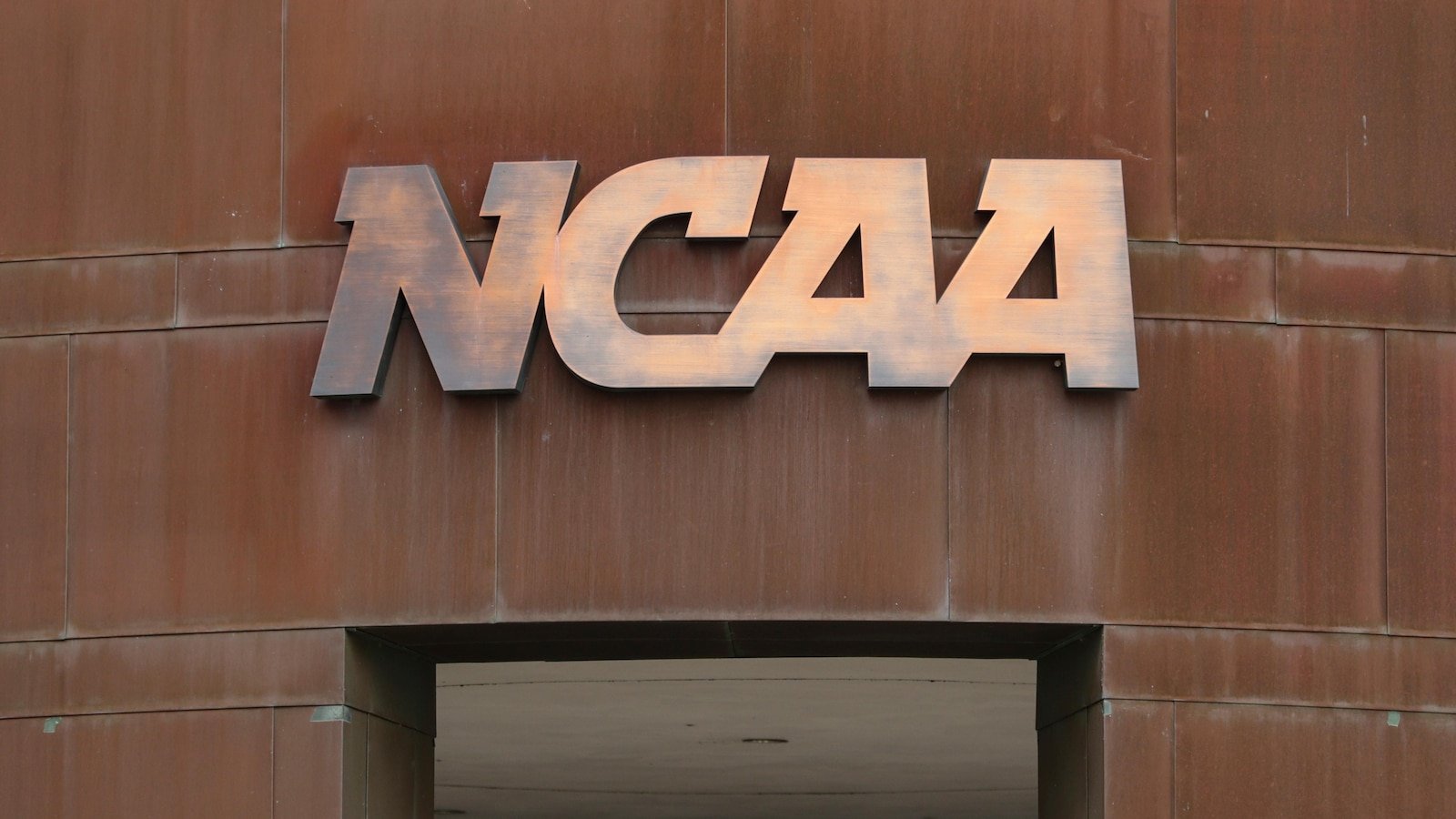A judicial presentation in multimillion -dollar sports demand argues the Proposed remedy for the list limit rule Maintaining the case does not go far enough to protect athletes and other athletes who lost their places when schools began cutting players in advance that the agreement was approved.
Michigan John Weidenbach and Yale Rower Grace Menke soccer player presented a brief last week that responded to the proposal that any athlete who has lost a place because the list rule does not count against the limit when it goes in its place next school.
It is the limits of the list that have prevented the American district judge Claudia Wilken approve of the $ 2.78 billion agreement, which is designed to allow schools to pay players directly from this year.
Wilken suggested that any athlete who is already on a list is “grandfather” For the rest of his university career, not to count against the new limits of the list. The limits are expected to expand scholarship opportunities in all sports, cost thousands of athletes, most of them walks or in partial scholarships, their points on the lists.
Wilken is accepting the presentations of the objectors until Tuesday, then giving the NCAA and the plaintiffs until Friday to refute those arguments.
The court that presents in the name of Menke and Weidenbach argues the solution proposed by the NCAA and the plaintiffs “fails in numerous aspects” to protect those athletes.
Among his arguments is that the proposed remedy makes the restoration of players to the places in the list is completely optional for schools that cut the players. He also says that the directive for schools to make a list of players to reduce due to the limits of the list: the list would be used to determine which players should not count against the new limits, leave space for the teams to invent other reasons to cut the players.
“It provides athletes to challenge those decisions or demonstrate that the limits of the list, instead of something else, made them cut,” the presentation said.
The NCAA and the plaintiffs argue that, since none of these places on the list was guaranteed, a provision that allows players to return to their old teams to compete for their place does not leave them in a situation that before being cut.
But the presentation argues that the damage has already been made by schools that reduce players with the expectation that Wilken would approve the agreement, an assumption that the judge said it was incorrect.
“The lawyer continues to listen to many athletes and their families whose lives are becoming the other way around as a result of the implementation of the list limits,” the presentation said. “The indifference of the defendants, when simple solutions were offered to address a problem of their creation, is impressive.”
Among the solutions proposed by the objectors was that the schools automatically restored the players to their old places in the list, while giving them “discretion to cut athletes for legitimate reasons not related to the limit of the list, such as behavior violations and low athletic or academic performance.”
According to the last proposal, players could return to their old schools or find a new one, but in any case, they would not count against the limit of the list of that school.
___
AP College Sports: https://apnews.com/hub/college-sports





